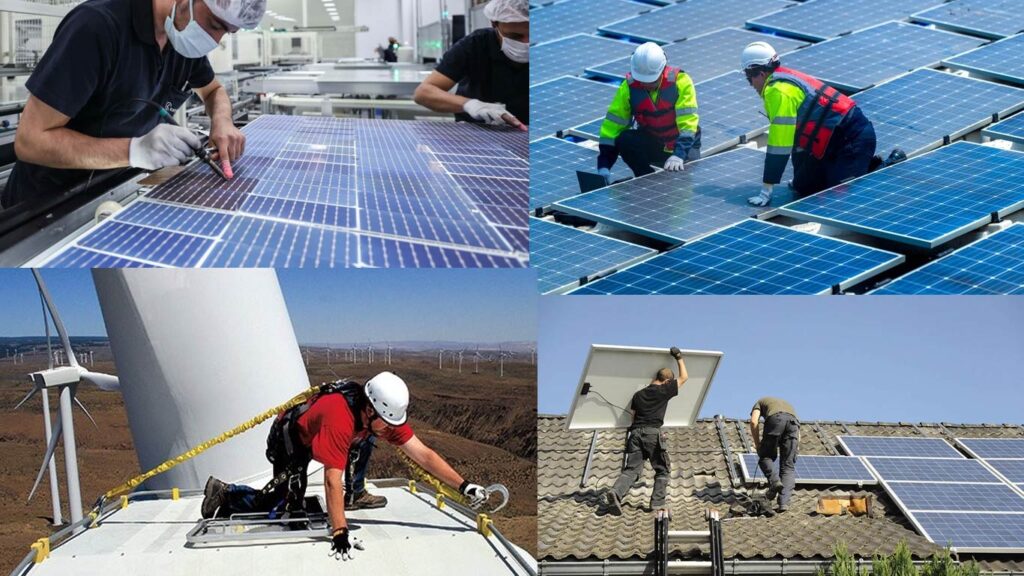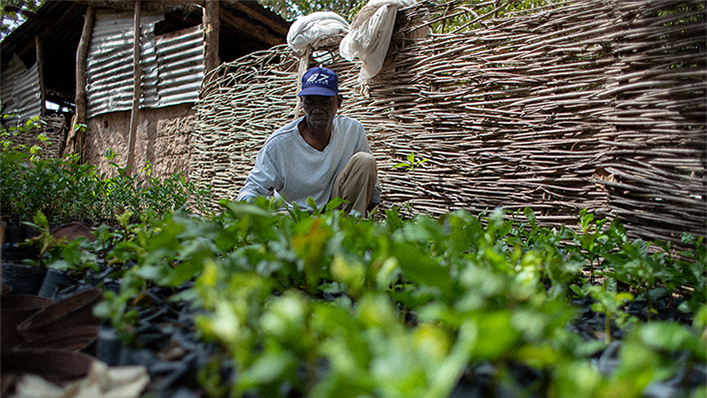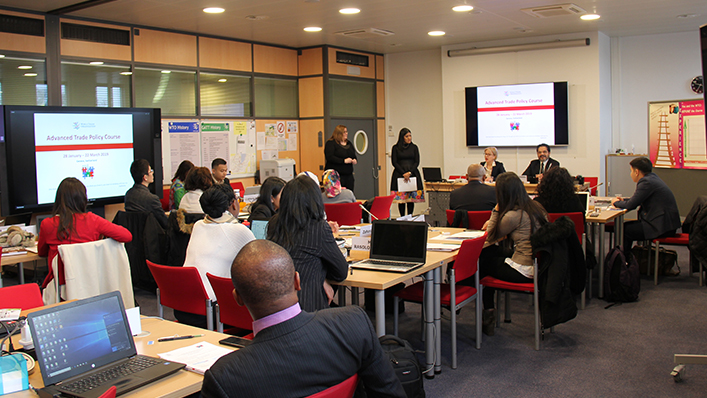New Delhi, Feb 25 (KNN) Global electricity consumption is projected to grow at an annual rate of 4 per cent between 2025 and 2027, reaching 3,500 TWh, according to a new report by the International Energy Agency (IEA).
This represents the fastest growth rate in recent years, driven primarily by increased industrial production, rising air conditioning usage, accelerating electrification in the transport sector, and rapid expansion of data centres.
Renewable energy sources are expected to meet the vast majority of this growing demand. Solar, wind, and hydropower are projected to satisfy approximately 95 per cent of global electricity demand growth by 2027 and will provide over one-third of total electricity generation by 2025, surpassing coal for the first time.
Solar generation alone is forecast to meet roughly half of the global demand growth by 2027, up from 40 per cent in 2024.
Emerging economies will account for approximately 85 per cent of global demand growth. China, which represented over half of the world’s demand growth in 2024 with electricity requirements increasing 7 per cent annually, is projected to maintain strong growth at an average of 6 per cent until 2027.
India, Southeast Asian nations, and other emerging markets are also expected to see substantial electricity demand increases, driven by economic expansion and rising air conditioner ownership.
Advanced economies, which saw stagnant electricity consumption between 2021 and 2024, are projected to experience renewed growth, comprising 15 per cent of global demand increases through 2027.
This growth will be driven by electric vehicles, air conditioning, data centres, heat pumps, and other technologies. In the United States, demand increased 2 per cent in 2024 after a 1.8 per cent reduction in 2023, with data centres expected to drive annual growth of 2 per cent moving forward.
The European Union, which experienced declining electricity consumption in recent years that reduced usage to early 2000s levels, saw 1.4 per cent growth in 2024.
This increase was fuelled by greater adoption of heat pumps and electric vehicles in residential and commercial sectors, along with rising demand from data centres.
India’s electricity demand is expected to grow at an average annual rate of 6.3 per cent over the next three years, up from the 5 per cent growth rate seen between 2015 and 2024.
The country’s peak electricity load rose to 250 GW in 2024, representing a 68 per cent increase over the past decade. According to India’s Ministry of Power, peak demand is projected to exceed 400 GW by 2030, with 65 per cent of capacity expected to come from non-fossil fuel sources.
To address its growing electricity needs, India is rapidly expanding its renewable energy capacity. The country’s renewables share in the energy mix is forecast to grow from 21 per cent in 2024 to 27 per cent by 2027.
Solar generation is expected to increase at a rate of 28 per cent annually until 2027, supported by government initiatives like the PM-Surya Ghar residential rooftop program and agricultural solar initiatives.
Wind generation, which grew at a compound annual growth rate of 7 per cent between 2018 and 2024, is projected to accelerate to 11 per cent growth annually through 2027.
Despite Africa’s continued challenges with electrification, where approximately 600 million sub-Saharan Africans still lack reliable access to electricity, the global transition to renewable energy continues to accelerate.
The IEA expects low-emissions sources, primarily renewables and nuclear, to adequately cover global electricity demand growth over the next three years, marking a significant milestone in the global energy transition.
(KNN Bureau)


















